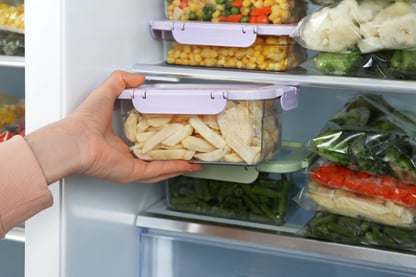 When I say “meal prep,” do you picture hours upon hours in the kitchen, a stockpile of containers, and food that you are sick of by week’s end? PAUSE right there! I am here to tell you that meal prep does not have to be that way. It does not have to be too time-consuming or hard, and you don’t have to eat the exact same meal over and over.
When I say “meal prep,” do you picture hours upon hours in the kitchen, a stockpile of containers, and food that you are sick of by week’s end? PAUSE right there! I am here to tell you that meal prep does not have to be that way. It does not have to be too time-consuming or hard, and you don’t have to eat the exact same meal over and over.
What Is Meal Prep?
For those new to meal prep, it is essentially precooking and preparing foods in advance so that you have less to do during your week, but still have your meals ready to go. The weeks get busy and tiring, especially when work picks up or the kids’ extracurriculars start. The last thing anyone wants to do after work is cook. So, if food is not prepped or the fridge is empty, we find ourselves ordering takeout for the third day in a row. Who can relate? My hand is up! Regardless of our busy lives, we still need to find a way to maintain a healthy nutrition regimen because doing so carries over into the rest of our lives. Meal prep is the key to helping you stay nourished even when life gets busy.
Meal prep is not rocket science, but it does require effort and is not the easiest thing in the world. After years of prepping for myself, husband, and even my family when I was younger, along with guiding my clients and patients, I can say there are ways to make meal prep simple and easy while still making enjoyable meals.
Meal Prep Cooking Tips
Here are my tips for you!
Make a Plan
It’s always a good idea to start with a plan. Benjamin Franklin said it best, “Failing to plan is planning to fail.” Take a few moments to plan and write out the menu for the week.
- Consider the number of servings per meal you need, the budget, and food preferences.
- How many meals and snacks will you be serving?
- Look at your schedule to consider the obligations you have. It would be a waste to prepare food for an evening that you will not be home.
- What are your health goals? Are there specific suggestions by your primary care provider or Registered Dietitian that you need to consider when planning your meals?
Think “Single Ingredients”
Prepare single ingredients, such as vegetables, proteins, and starches that can be used in a variety of ways. This can keep you from getting bored with the same meal over and over. For example, prepare a bulk batch of chicken. That one batch can be used for BBQ sandwiches alongside some steamed veggies, as a main entrée tossed in marinade with a veggie and starch of choice on the side, or thrown into a soup like chicken noodle or chicken chili. The same can be done with a starch, such as brown rice. Prepare the rice and use it for a stir-fry with veggies and protein of choice (tofu, chicken, or turkey are good options); a Tex-Mex bowl with rice, beans, lean protein, veggies, and guacamole; or alongside grilled teriyaki chicken. You get the picture.
Prepare Two Proteins, Four Vegetables, and Two Starches
This is a pretty good rule of thumb because all of these single ingredients can be combined in a multitude of ways to make different meals. Pick two proteins that you can use throughout the week, such as chicken, lean turkey or beef, tofu, beans, cod, or salmon. Cook them based on the meals you’ve planned. Maybe that means half of the chicken is boiled and shredded for BBQ sandwiches and your lunch salads, while the other half is tossed in marinade to be grilled, or cooked in the air-fryer or oven in the next day or two. Then, pick out four veggies that go with your proteins and that can be easily accessible for snacks, including salad mixes, roasted veggies, and cut raw vegetables. To balance out the meals, prepare two starches in bulk. Consider mashed or roasted potatoes, rice, or whole grains of some sort.
Add in Spices, Seasonings, Sauces, and Marinades
Now that you have prepped single ingredients, be sure to have spices, seasonings, sauces, and marinades on hand to pack the meal with flavor. On the stir-fry night, be sure to portion out your meal serving of rice, turkey, and veggies that you cooked in bulk. Then top with the stir-fry sauce. For the shredded chicken you prepared, be sure to mix a meal’s worth with a low-sugar BBQ sauce when the sandwich night rolls around. When you go to eat the veggies, use an Italian seasoning combo on spaghetti night but a garlic and pepper combination on the tofu and rice night.
When picking your sauces and marinades, be sure to watch for high sodium (if you have high blood pressure) and added sugar content. Sometimes those sauces will be packed with added sugars, fats, and sodium. Pick low-fat, lite, sugar-free, and low- or reduced-sodium options when available.
Try One-pan Meals, Air Fryers, Pressure Cookers, or Slow Cookers
The methods listed above are easy and still produce a delicious meal. Some of my favorite one-pan meals include chicken with peppers for fajitas, steak strips and sweet potatoes with broccoli, and garlic tofu with veggies. Toss the prepped raw veggies lightly in oil and place on a baking sheet alongside a protein, and then roast it all together. You can make these vegetarian friendly as well!
The air fryers, pressure cookers (such as Instant Pot), and slow cookers (such as Crock-Pot) are all appliances worth considering. My household loves marinating chicken and tossing it in the air fryer, along with sweet potato fries. While that is cooking, we throw a steamable bag of veggies in the microwave. Crispy chicken, fries, and veggies that are so nutritious; very little work; balanced and customized portions to meet our nutrition goals—easy peezy.
The Instant Pot and Crock-Pot come in handy when you want to throw things into an appliance and let it do all the work for you. We use the Crock-Pot for shredded chicken, chili, soups, slow-cooker lasagna, and so much more. Also, did you know there are Facebook groups, such as an Instant Pot Recipe group, that consist of people sharing recipes utilizing these appliances? That is where my sister found the protein bagel recipe that I adapted.
Consider Pre-prepared, Precut Ingredients, and Steamables to Save Time
There is absolutely no shame in needing convenience. Grocery stores these days have raw and chopped vegetables, fruit trays, fresh salsa, premade guacamole, and more in the produce section. In the freezer section, you can find chopped onions, peppers, and celery for some of your recipes as well (because who has time to chop all those veggies…not I). You can also find steamable bags of rice, quinoa, and vegetables if you need a quick side to toss in the microwave or do not want to make these things in advance.
It’s Easy—But NIFS Can Help If You Need It!
Meal prep can be simple and not always keep you bound to eating the same meal over and over throughout the week. Once you get past that initial push to do it, the process becomes a habit and part of your weekly routine. Then, once you do it enough, the process will be faster and easier. It is worth the time and effort. I promise. If you still feel that you could use more help with meal prep, reach out to the NIFS Registered Dietitian for one-on-one nutrition counseling or join the NIFS Nutrition and Lifestyle Facebook group.
This blog was written by Sabrina Goshen, Registered Dietitian. To learn more about the NIFS bloggers, click here.


 Can we just cut out the term “cheat meal” already? This fuels the idea that foods are “good” or “bad,” and, in turn, our food choices then become this reflection of us, as humans, being “good” or “bad.” News flash, you are not “bad” for eating a specific food.
Can we just cut out the term “cheat meal” already? This fuels the idea that foods are “good” or “bad,” and, in turn, our food choices then become this reflection of us, as humans, being “good” or “bad.” News flash, you are not “bad” for eating a specific food.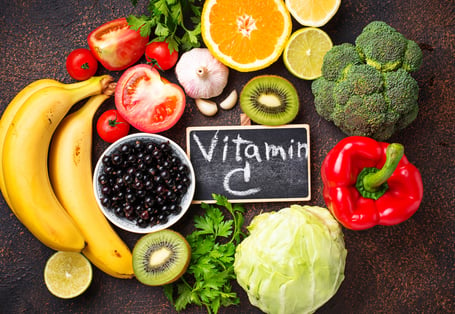 During cold and flu season, we try to do all we can to prevent illness or speed up how fast we recover from illness. One such strategy many employ is the use of Vitamin C for a natural remedy. Several products are marketed as immune system boosters because they contain large amounts of Vitamin C. Do these products really work? We set out to investigate!
During cold and flu season, we try to do all we can to prevent illness or speed up how fast we recover from illness. One such strategy many employ is the use of Vitamin C for a natural remedy. Several products are marketed as immune system boosters because they contain large amounts of Vitamin C. Do these products really work? We set out to investigate!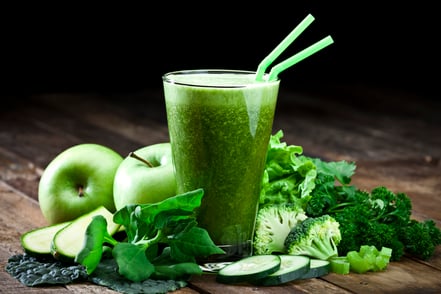 We’ve all been here before: When it seems the long, gray winter will never end and you make one more pot of hearty vegetable soup or another casserole; or when the lackluster tomatoes and almost pinkish-white strawberries just aren’t cutting it. It’s time to get creative!
We’ve all been here before: When it seems the long, gray winter will never end and you make one more pot of hearty vegetable soup or another casserole; or when the lackluster tomatoes and almost pinkish-white strawberries just aren’t cutting it. It’s time to get creative!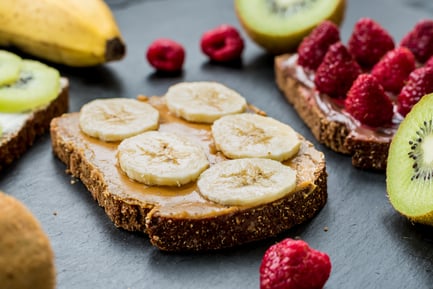 Do you feel like you get stuck in a rut eating the same things from week to week? On one hand it makes life a lot easier, right? You don’t have to scour through recipes, find that one illusive ingredient on the top shelf in the last aisle you looked in, or put the effort into prepping a meal that claims “30-minute prep” but in fact took you two hours. I completely understand!
Do you feel like you get stuck in a rut eating the same things from week to week? On one hand it makes life a lot easier, right? You don’t have to scour through recipes, find that one illusive ingredient on the top shelf in the last aisle you looked in, or put the effort into prepping a meal that claims “30-minute prep” but in fact took you two hours. I completely understand!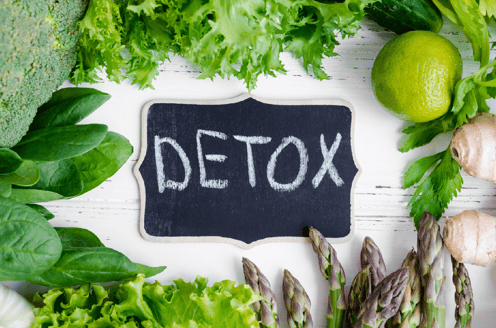 I’m sure you have seen or read about celebrities doing detox diets and cleanses before awards shows. Maybe you have thought about trying one of these crazy and wacky things yourself. Most of these diets are very low-calorie and can be dangerous if followed for an extended period of time.
I’m sure you have seen or read about celebrities doing detox diets and cleanses before awards shows. Maybe you have thought about trying one of these crazy and wacky things yourself. Most of these diets are very low-calorie and can be dangerous if followed for an extended period of time. 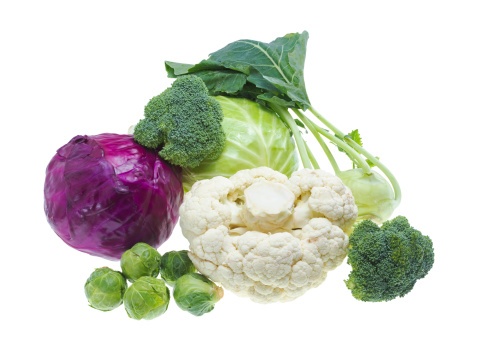 Cruciferous veggies like cabbage and Brussels sprouts: Due to the high amounts of fiber in these veggies, they help with gut health, kidney health, and liver health by keeping the body regular and removing toxins and waste. These foods also contain the phytochemical
Cruciferous veggies like cabbage and Brussels sprouts: Due to the high amounts of fiber in these veggies, they help with gut health, kidney health, and liver health by keeping the body regular and removing toxins and waste. These foods also contain the phytochemical 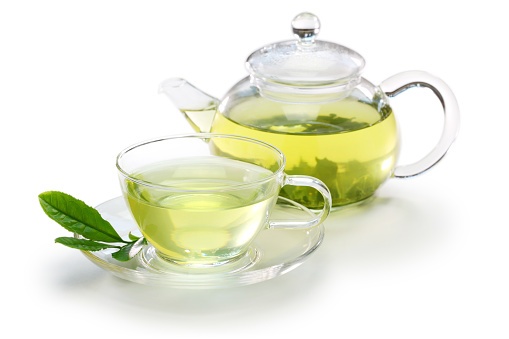 Green tea: Drinking liquids is always a wonderful and natural detox, and adding green tea to your water is extra helpful. It is high in catechin, a flavonoid, which speeds up liver activity and increases the
Green tea: Drinking liquids is always a wonderful and natural detox, and adding green tea to your water is extra helpful. It is high in catechin, a flavonoid, which speeds up liver activity and increases the 
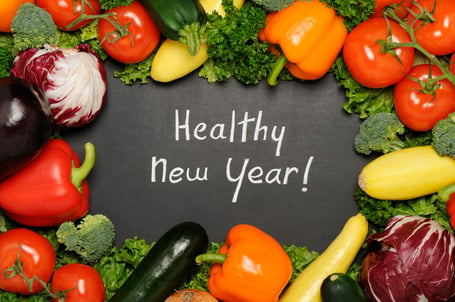 How many of us are guilty of making a New Year’s resolution and then struggling to stick to it by the time February rolls around? Even with the best of intentions, most of us have trouble maintaining the changes that start off so strong on January 1st. Often these promises to ourselves are centered around our overall health and well-being.
How many of us are guilty of making a New Year’s resolution and then struggling to stick to it by the time February rolls around? Even with the best of intentions, most of us have trouble maintaining the changes that start off so strong on January 1st. Often these promises to ourselves are centered around our overall health and well-being. ’Tis the season for swapping Christmas cookies, candy bowls, Hanukah dinners, holiday parties, and New Year’s Eve libations. We’ll take this month to refocus on a 10 simple ways to keep your body properly nourished and healthy this holiday season while keeping in mind that it is okay and certainly encouraged to partake in the holiday season festivities. New Year’s Resolutions are a great time to start new habits, but why not get a head start?
’Tis the season for swapping Christmas cookies, candy bowls, Hanukah dinners, holiday parties, and New Year’s Eve libations. We’ll take this month to refocus on a 10 simple ways to keep your body properly nourished and healthy this holiday season while keeping in mind that it is okay and certainly encouraged to partake in the holiday season festivities. New Year’s Resolutions are a great time to start new habits, but why not get a head start? There is good reason for confusion surrounding what might arguably be one of America’s favorite spreads, topping everything from toast to popcorn to potatoes. The butter-versus-margarine debate has been a hot topic for the last several decades and is still a slippery subject. We have begun to understand the possible dangers of our high saturated fat consumption to our health. However, at the same time we are told that margarines are “artificial,” while butter is the all-natural choice. Which do we choose?
There is good reason for confusion surrounding what might arguably be one of America’s favorite spreads, topping everything from toast to popcorn to potatoes. The butter-versus-margarine debate has been a hot topic for the last several decades and is still a slippery subject. We have begun to understand the possible dangers of our high saturated fat consumption to our health. However, at the same time we are told that margarines are “artificial,” while butter is the all-natural choice. Which do we choose?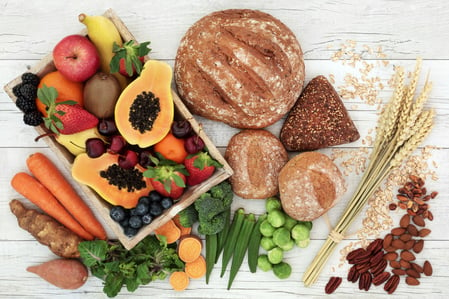 In recent years, carbohydrates have seemingly been blamed for our health problems. Many of us now shun potatoes, rice, and even fruit in fear of the dreaded pounds that could come with eating carbohydrates. While many diets demonize carbohydrates, others preach the benefits of higher-carbohydrate diets. Through all of this confusion, I will try to set the record straight.
In recent years, carbohydrates have seemingly been blamed for our health problems. Many of us now shun potatoes, rice, and even fruit in fear of the dreaded pounds that could come with eating carbohydrates. While many diets demonize carbohydrates, others preach the benefits of higher-carbohydrate diets. Through all of this confusion, I will try to set the record straight.